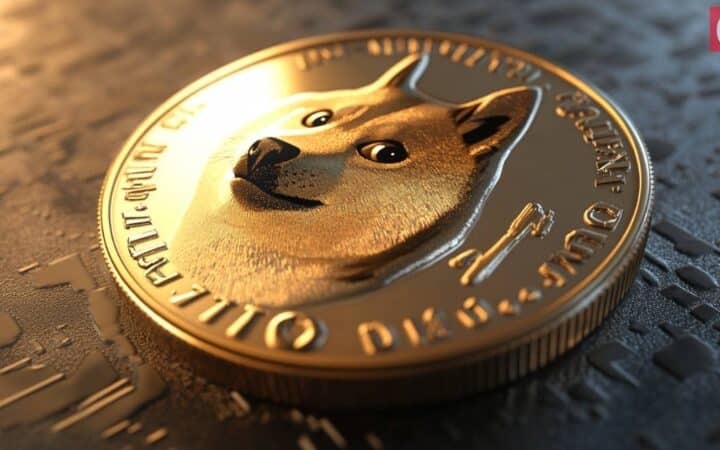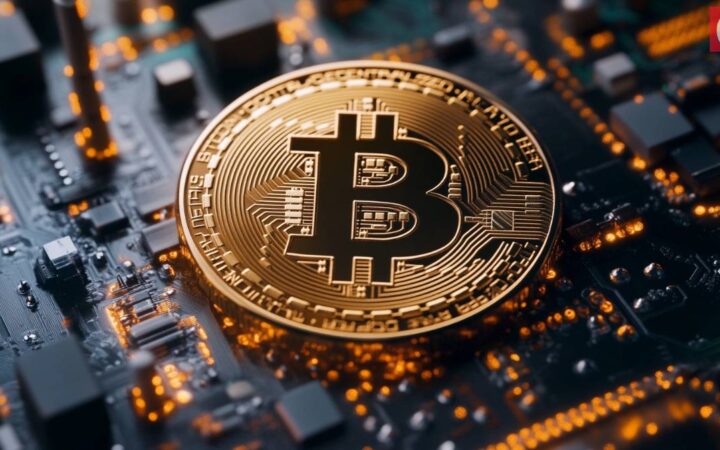
Bybit Exchange Re-Enters UK After 2-Year Hiatus
Bybit expands its reach to UK users, returning to the scene after a 2-year break amid improvement in market regulation.
Stay ahead of the crypto curve with in‑depth coverage of the digital‑asset ecosystem. Here you’ll find the latest on new coin launches, regulatory shifts, wallet innovations and market movements across major chains. Whether you’re a seasoned trader or just exploring the space, our timely updates offer clarity on the crypto universe’s fast‑evolving landscape.

Bybit expands its reach to UK users, returning to the scene after a 2-year break amid improvement in market regulation.

Bitwise has filed with the SEC to launch the first U.S. spot ETF tracking Sui (SUI), expanding its altcoin ETF strategy beyond Bitcoin, Ethereum, Solana, and XRP.

Poland’s Sejm overrides presidential veto to re-approve MiCA-aligned crypto bill, sparking industry backlash over restrictive provisions.

Binance delisted BUZZ, DARK, FROG, GORK, MIRAI, PERRY, RFC, SNAI, TERMINUS on December 19, 2025, at 07:00 (UTC).

Ark Invest has recently acquired 17,386 Coinbase stock for $4.2 million, aligning with its routine portfolio rebalancing.

Jump Trading faces a $4B lawsuit from Terraform Labs’ liquidator, accused of secret deals and market manipulation that led to a $1.28B profit before the ecosystem’s implosion.

Coinbase takes three states to court, aiming to secure a federal regulatory pathway for prediction markets and preempt state-level gambling laws.

The crypto market digested a mix of good and bad macro news from the US and Japan without panic, as both countries show cooling inflation.

House of DOGE announced a NASDAQ merger and surpassed 730 million DOGE in treasury holdings, but DOGE price action remains weak at $0.127 with bearish technicals.

Bitcoin’s network hashrate dropped temporarily on December 18 following reports of Xinjiang mining shutdowns, but pool-level data reveals the impact was minimal and recovery swift.

NEAR Protocol’s token is now tradeable on Solana through NEAR Intents and Orb Markets integration, following viral posts celebrating collaboration between both ecosystems.

Intuit announced a multi-year partnership with Circle to embed USDC stablecoin technology across its financial platform, promising enhanced payment solutions.

Bitfinex eliminates all trading fees indefinitely as part of a competitive strategy to capture market share amid rising competition from decentralized exchanges.

PeckShield has reported the theft of $27.3 million from a whale’s multisig wallet.

Caroline Pham will join MoonPay as Chief Legal Officer and Chief Administrative Officer once a permanent CFTC chairman is confirmed.